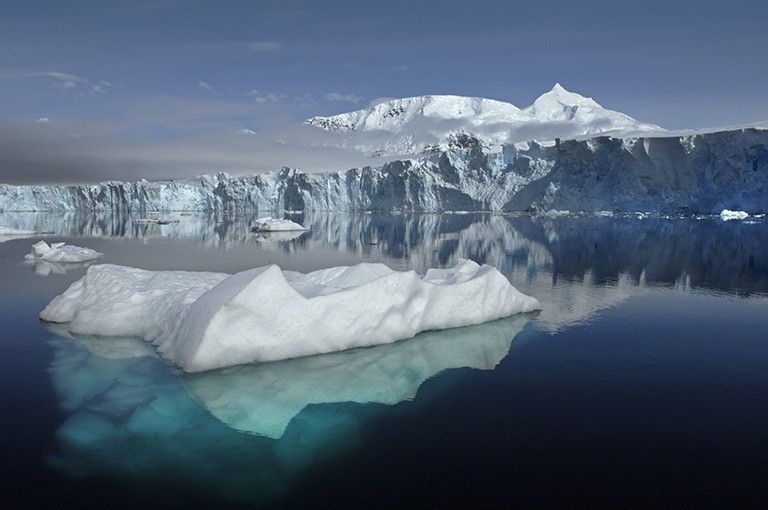In a worrying new development, scientists have recorded a record-breaking ice melt in Antarctica’s key glaciers this year.
Research teams monitoring the Thwaites and Pine Island glaciers reported accelerated melting beyond previous forecasts.
Antarctica glacier ice melt events are contributing significantly to rising global sea levels.
Satellite images reveal that vast ice sheets are fragmenting faster than models predicted.
The Thwaites glacier, often called the “Doomsday Glacier,” is particularly unstable and losing ice rapidly.
Melting at such a pace could lead to a dramatic increase in coastal flooding around the world.
Researchers attribute the accelerated melting to warm ocean currents reaching further inland beneath the glaciers.
This undercutting destabilizes the ice sheet from below, causing faster break-offs.
If the current rate continues, some scientists warn of up to a two-meter sea-level rise within decades.
This would have catastrophic implications for major cities like New York, Tokyo, and Mumbai.
The findings were presented at the International Polar Conference in Geneva this week.
Scientists urge urgent global efforts to curb carbon emissions and slow the planet’s warming.
Investment in coastal defenses and urban resilience planning is also being prioritized.
The research highlights how Antarctica’s fate is interconnected with human activity across the globe.
Extreme weather patterns, including stronger storms and unpredictable rainfall, are already linked to polar changes.
Ice core studies suggest that today’s melt rate is faster than anything seen in the last 10,000 years.
Antarctica was once considered too remote to affect daily life, but that perception is changing rapidly.
Environmentalists argue that Antarctica must be a centerpiece in future climate agreements.
Continued monitoring and new satellite missions are planned to track the region’s changes more closely.
The Antarctica glacier ice melt is a glaring signal that humanity must act swiftly to avert global disaster.
Record Ice Melt Observed in Antarctica’s Key Glaciers



0 Comments